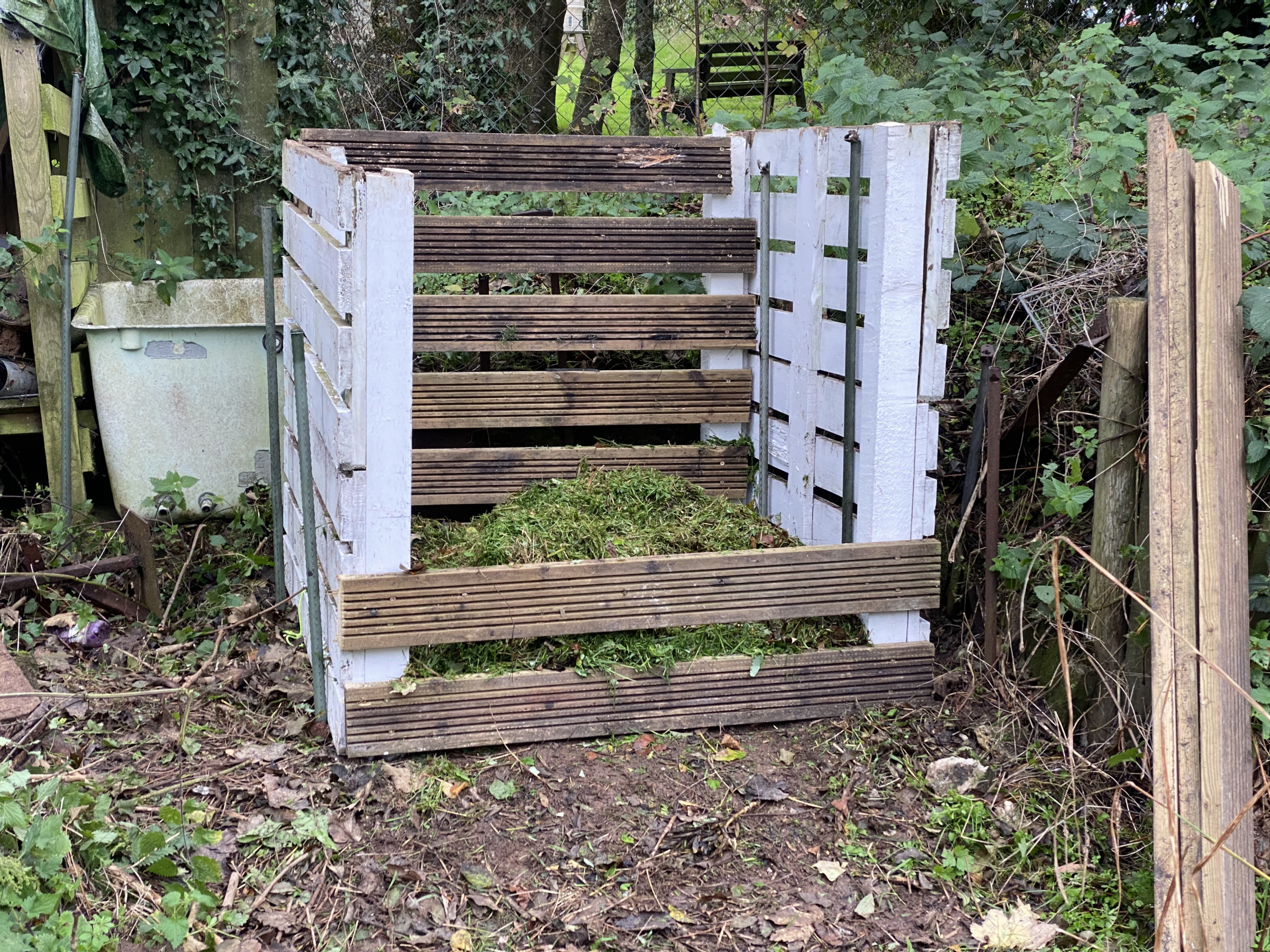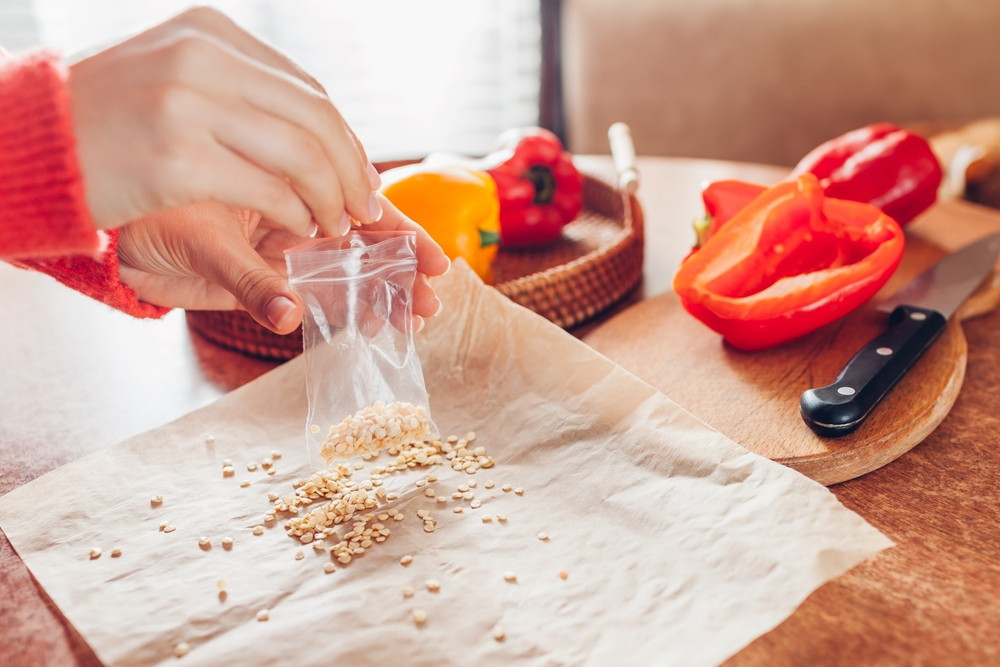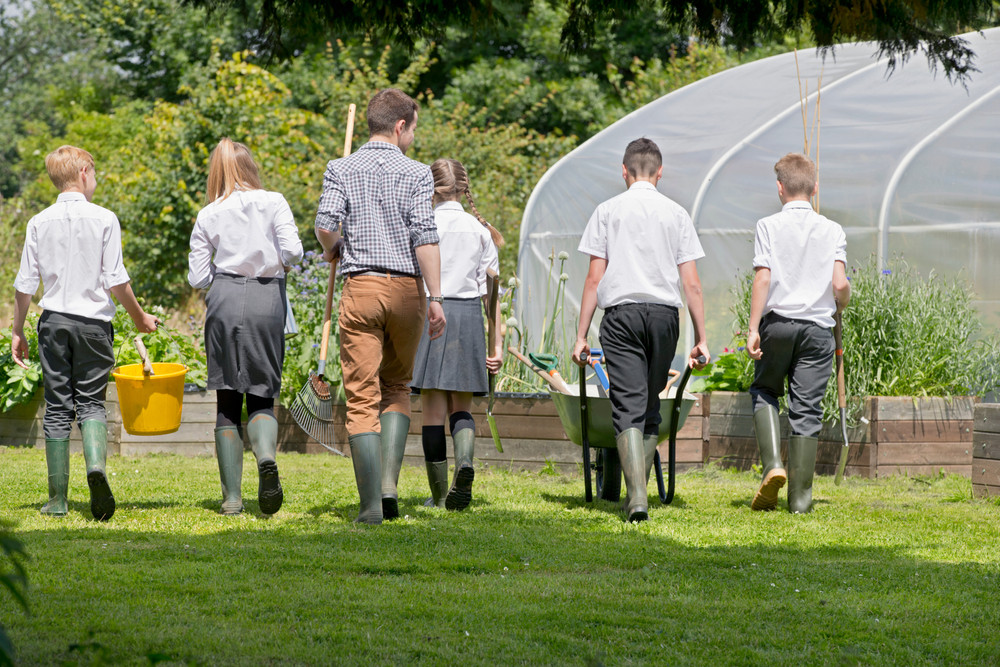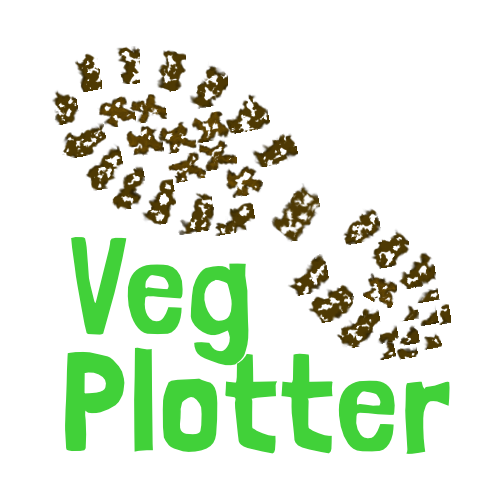Transform Your Veggie Garden This Winter!
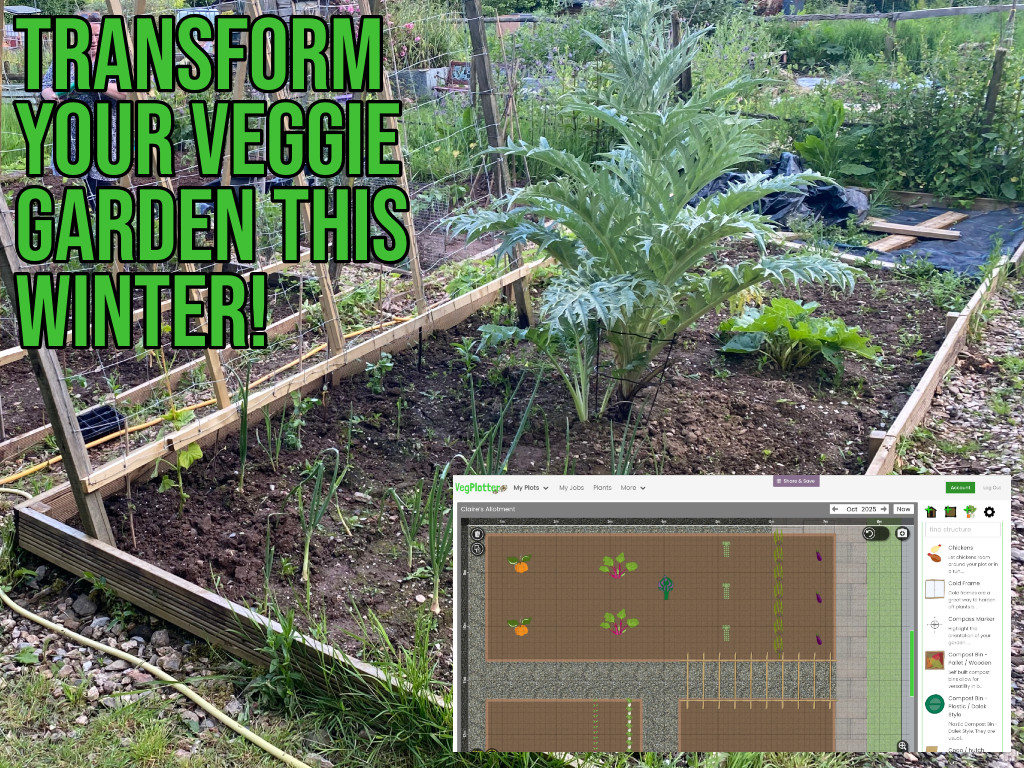
As the days shorten and the garden winds down, many gardeners hang up their trowels and dream of spring. But what if I told you the off-season is one of the most crucial times to be in your garden—digitally, at least? While the soil rests, your garden planning can flourish with VegPlotter.com. Far more than just a planting scheduler, VegPlotter offers a powerful platform to completely reimagine and optimize your outdoor space long before the first seed is sown.
Don't let the colder months be a planning void. Here are five transformative ways you can leverage VegPlotter.com to plan and perfect your garden during the off-season:
